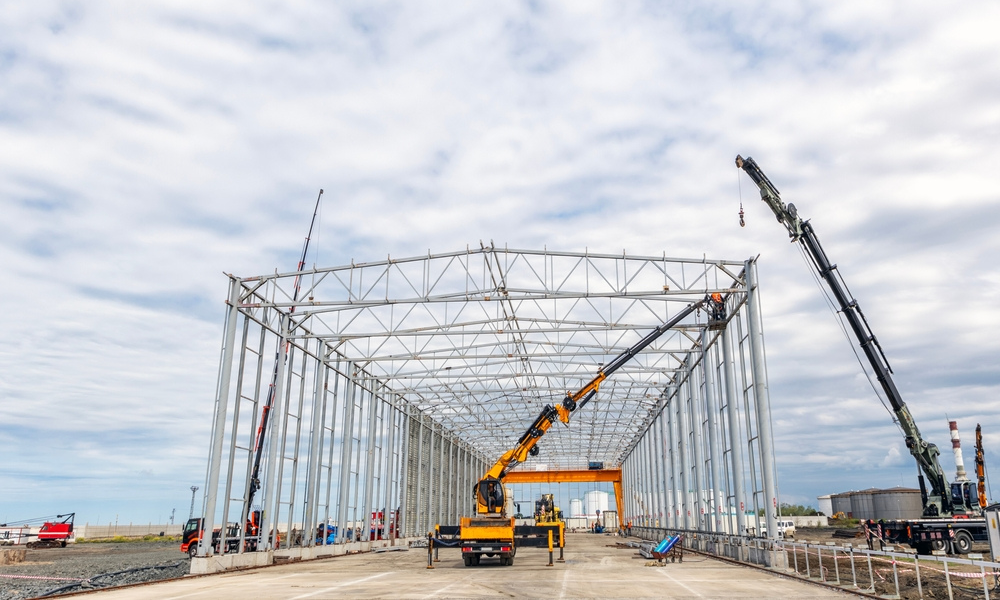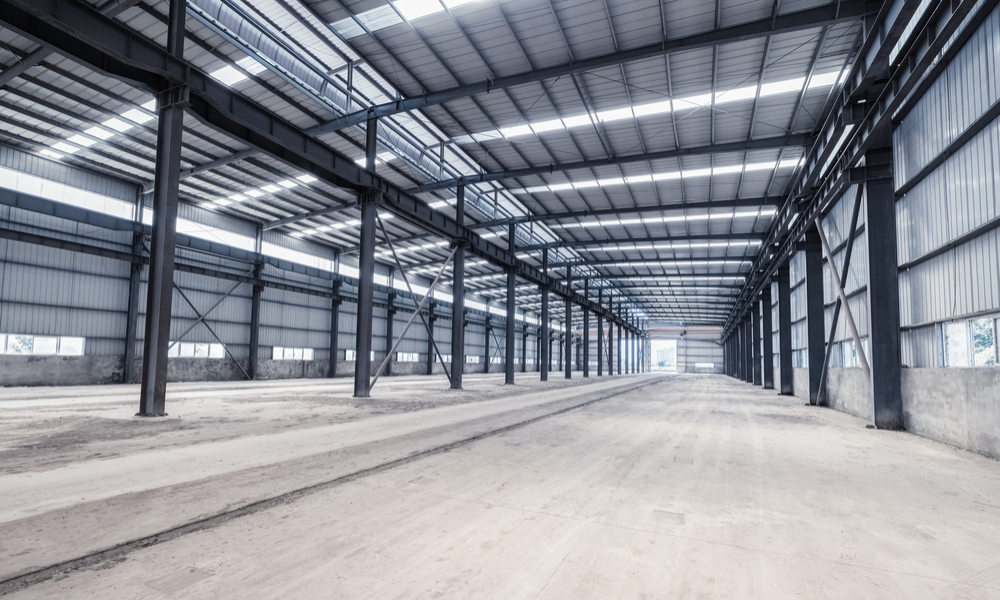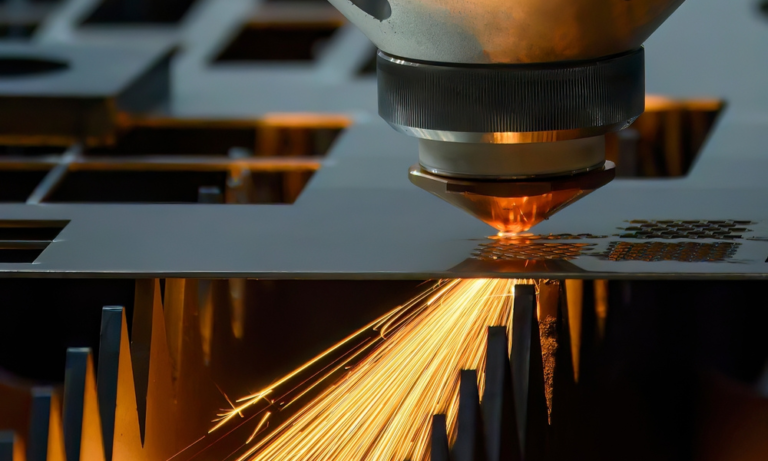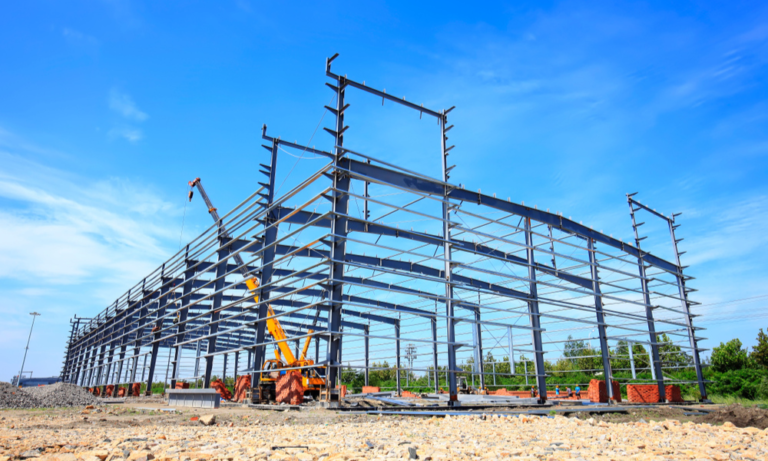Estimated reading time: 5 minutes
When earthquakes strike, they turn the very ground beneath us into a force of destruction. Buildings, roads, and other infrastructure can tilt, sink, or even crumble under the pressure. Yet, there’s a material that has become a game-changer in this fight against seismic destruction: steel. Its strength, flexibility, and resilience have transformed how we approach construction in earthquake-prone areas.
What You’ll Learn
How resilient materials help structures withstand earthquakes.
The key features that make steel essential for safety.
Why innovative designs using this material save lives and property.
Real-world examples of how these methods work in practice.
Understanding Earthquake Hazards
Earthquakes are unpredictable and unforgiving. They create intense ground movement, which can exert lateral and vertical forces on buildings. Traditional materials like concrete and brick are strong but brittle, which makes them susceptible to cracking or collapsing under such stress.
What makes steel different is its ability to bend and absorb energy without breaking. It’s a solution that combines strength with adaptability—a quality that’s essential during seismic events.
Why Steel Excels in Earthquake Safety

Several unique properties of this material make it ideal for handling the challenges posed by earthquakes. Let’s explore what sets it apart:
1. Strength Without Heaviness
Steel has a high strength-to-weight ratio, which means it can support substantial loads without adding unnecessary bulk. Lighter structures experience less force during ground movement, making them less likely to suffer damage.
Example in Action: Imagine a multi-story building designed with steel beams instead of concrete. Its lighter weight reduces the stress on its foundation during seismic shaking, lowering the risk of collapse.
2. Energy Absorption (Ductility)
This material’s ductility allows it to bend under pressure without snapping. During an earthquake, this ability to absorb and redistribute energy helps prevent sudden structural failures.
Think of it as the shock absorber in your car—it softens the impact, protecting the essential components.
3. Flexibility for Lateral Forces
Earthquakes create significant lateral movement, which rigid materials struggle to handle. Steel’s natural flexibility allows structures to sway without breaking, reducing the risk of catastrophic failure.
4. Long-Term Durability
Beyond its immediate strength, steel also stands the test of time. It resists environmental damage, such as corrosion, and maintains its integrity even after repeated stress. This makes it an excellent long-term choice for construction in areas prone to seismic activity.
How Steel Enhances Structural Designs
This material isn’t just strong; it’s versatile. Engineers use it in several innovative ways to improve safety and performance:
1. Steel Frames and Reinforcements
Steel framing provides a strong skeleton for buildings, helping distribute seismic forces evenly. Braced frames, which use diagonal steel supports, add extra strength and stability.
2. Shock-Absorbing Foundations
In advanced designs, steel components are integrated into base isolation systems. These systems allow the building to move independently of the ground, much like a suspension system absorbs shocks in a vehicle.
3. Smart Connections
The joints and fasteners used to connect steel pieces play a critical role in a building’s performance. High-quality connections ensure that the structure can withstand movement without weakening.
For those considering large-scale projects, this guide on installation offers a detailed look at what to expect.
Practical Advantages Beyond Safety

While safety is paramount, steel also offers practical benefits that make it a popular choice in construction:
1. Faster Construction
Steel components are often prefabricated, allowing for quicker assembly on-site. This efficiency is especially critical in disaster-stricken areas where rebuilding must happen rapidly.
2. Long-Term Value
Although the initial costs may be higher, the material’s durability and reduced maintenance requirements make it a cost-effective choice over time. Additionally, the lighter weight of steel structures can lower foundation costs.
3. Environmentally Friendly
Steel is highly recyclable. When its life as part of one structure ends, it can be repurposed for another project, making it a sustainable option.
For a detailed look at the cost dynamics, check out Understanding the Costs of Structural Steel Projects.
Real-Life Success Stories
Steel’s performance in earthquake-resistant construction isn’t just theoretical—it’s proven. Consider these examples:
Tokyo, Japan: Steel skyscrapers withstood the 2011 Tōhoku earthquake, swaying but remaining intact.
Los Angeles, USA: Modern steel-reinforced structures in California have consistently shown resilience in seismic tests.
These examples highlight the material’s ability to protect lives and property when designed and implemented correctly.
Key Considerations for Using Steel
Maximizing the benefits of this material requires careful planning and execution. Here are a few tips:
Work with Experts: Engage contractors and engineers who specialize in designing earthquake-resistant structures.
Choose the Right Grade: Some grades offer higher ductility, which is crucial for seismic performance.
Prioritize Maintenance: Like any material, steel benefits from regular inspections to ensure it remains in top condition. For helpful tips, this guide offers practical advice.
Future Innovations in Seismic Design
The construction industry is continually advancing, and new technologies are enhancing the use of steel:
High-Performance Alloys: These offer even greater strength and flexibility.
Embedded Sensors: Smart steel can monitor stress levels during an earthquake, providing real-time data for safety assessments.
Prefabricated Modules: Modular designs allow for rapid assembly and increased precision, especially in high-risk areas.
Final Thoughts
Steel is more than just a construction material—it’s a lifeline in seismic zones. Its combination of strength, flexibility, and durability makes it an unparalleled choice for earthquake-resistant design. Whether you’re building a home, a commercial property, or a skyscraper, investing in steel is investing in safety and resilience.
If you’re planning a project, prioritize materials that offer both immediate and long-term benefits. Steel not only protects structures but also gives peace of mind to those who live and work within them.P.S. For guidance on selecting the right contractor, check out Choosing the Right Structural Steel Contractor: A Guide. It’s packed with tips to make the process smoother!



